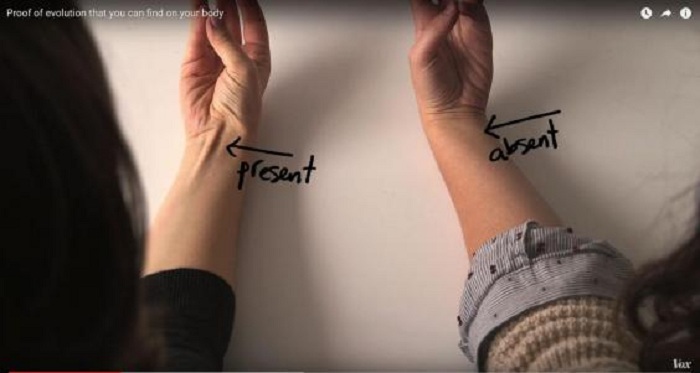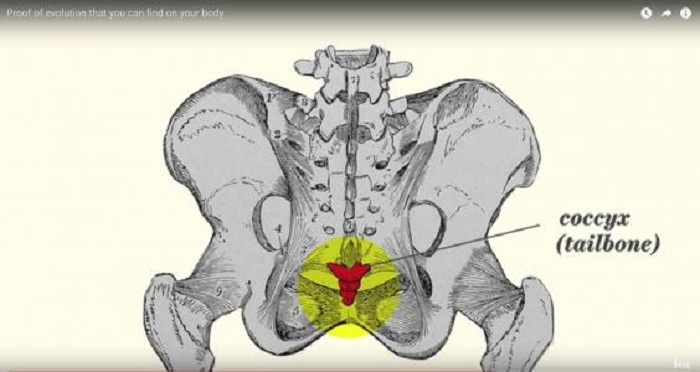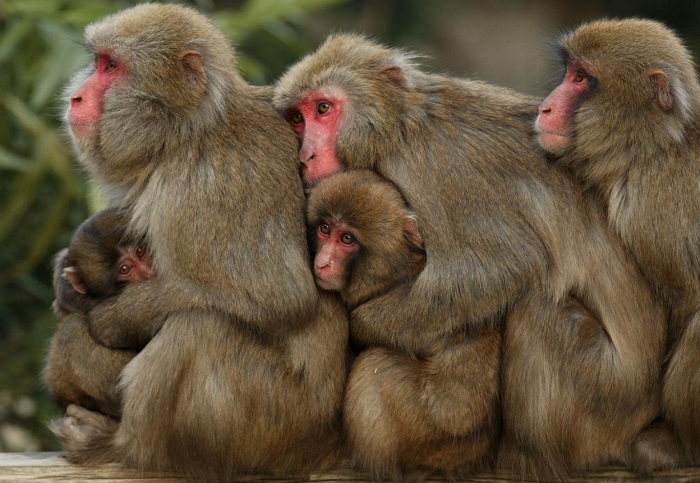Your body is a temple. But it’s also a museum of natural history.
Look closely and you’ll see parts that aren’t there because you need them, but because your animal ancestors did.
These remnants of our deep history only make sense within the framework of evolution by natural selection.
1. Palmaris longus

You’ve got a vestigial muscle in your forearm and you can find the palmaris longus across mammal species, but it`s most developed among those that use their forelimbs to move around.
While 10- 15 per cent of humans no longer have the muscle, it does not seem to affect grip strength.
2. Auricularis anterior/superior/posterior

We can’t get much movement out of these [ear] muscles, especially compared to some of our mammal relatives who use them to locate the sources of sounds.
Electrodes have detected movement of these muscles towards sound, but it is miniscule.
3. The arrector pili (goosebumps)

When we are cold, tiny muscles attached to our body hairs contract pulling the hair upright which causes the surrounding skin to form a bump.
For mammals that are covered in hair, this increases the amount of space for insulation which helps keep them warm.
The chemical adrenaline is also connected to our fight/flight response.
It may be why surprising and emotional turns in music can give some people goosebumps
4. The coccyx (tailbone)

Every one of us actually had a tail at one point.
When the basic body plan is being laid out around four weeks of gestation.
Human embryos closely resemble embryos of other vertebrates and that includes a tail.

In humans and other apes the cells in the tail are programmed to die a few weeks after they appear.
These vestigial remnants demonstrate clear links between the humans of today and ancestors from their evolutionary past.
























-1741770194.jpg&h=190&w=280&zc=1&q=100)























